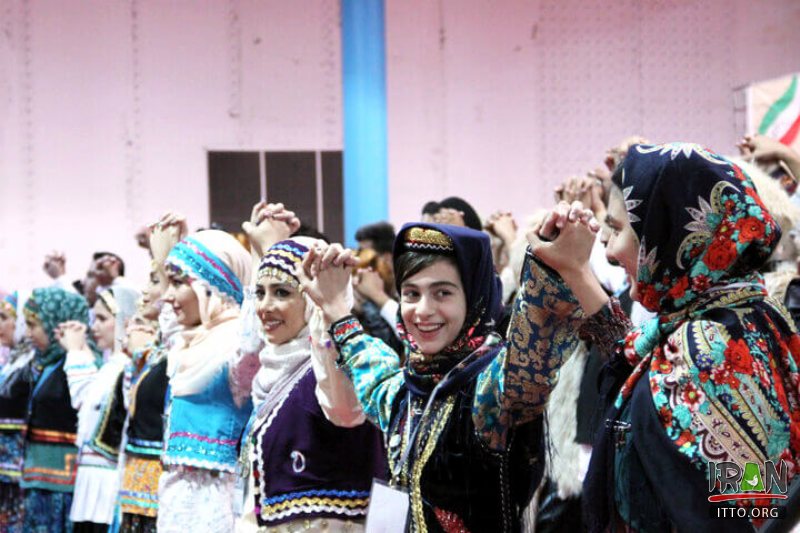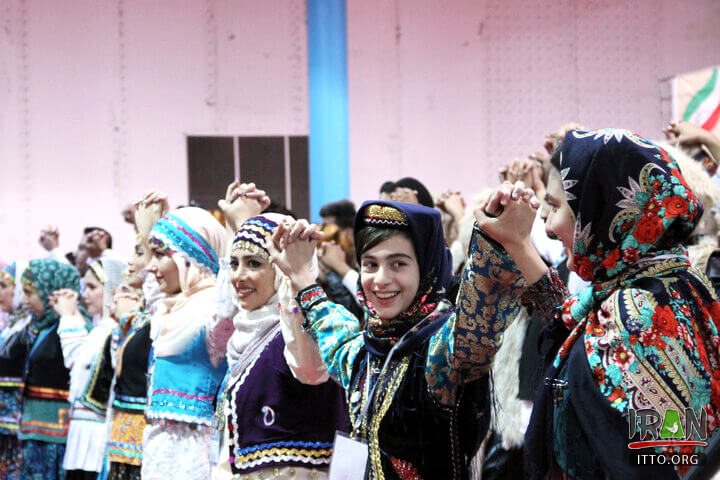Clusters of Turkmen people, who are natives of Iran’s
Golestan province, are doing their best in a four-day festival to well introduce and show nomadic arts, crafts, dishes, rituals and genuine hospitality they have preserved from generation to generation.
Several foreign ambassadors, diplomats, as well as cultural and economic attaches are amongst the guests for the event that will be running through Friday at the capital city of
Gorgan. It has also invited foreign guests from China, Greece, Iraq, Kazakhstan, Azerbaijan, Tajikistan, Uzbekistan, Afghanistan, Pakistan, Belarus, the Philippines, Senegal, Bolivia and Mauritania, secretary of the festival has said.
The event is also a venue for staging wide-range live performances, workshops, handicrafts, souvenir exhibits, culinary skills, and photos of tourist-attractions. The one-millennium-old, UNESCO-registered
Gonbad-e Qabus is one of the most significant tourist destinations in
Golestan province, neighboring the Caspian Sea.
Iranian Turkmen are an ethnic community living in Turkmen Sahra region which includes northern and northeastern parts of the country, mainly Golestan, North Khorasan, and Khorasan Razavi provinces.
Nearly two million Turkmen are reportedly living along the northern edges of Iran, just south of the Turkmenistan border. For centuries the Turkmen lived as nomadic herdsmen. In more recent years, however, many have changed to a "semi-nomadic lifestyle," living in permanent homes as well as in tents.
Today most of them are farmers and cattle breeders. Turkmen still live in extended families where various generations can be found under the same roof, especially in rural areas. Many tribal customs still survive among modern Turkmen.
Golestan province is home to the UNESCO-registered Gonbad-e Qabus, a one-millennium-old brick tower, which is an exemplar and innovative design of the early-Islamic-era architecture. Narratives say the tower has influenced various subsequent designers of tomb towers and other cylindrical commemorative structures both in the region and beyond.
The UNESCO also credits
Gonbad-e Qavus as “an outstanding and technologically innovative example of Islamic architecture that influenced sacral building in Iran, Anatolia and Central Asia.”



